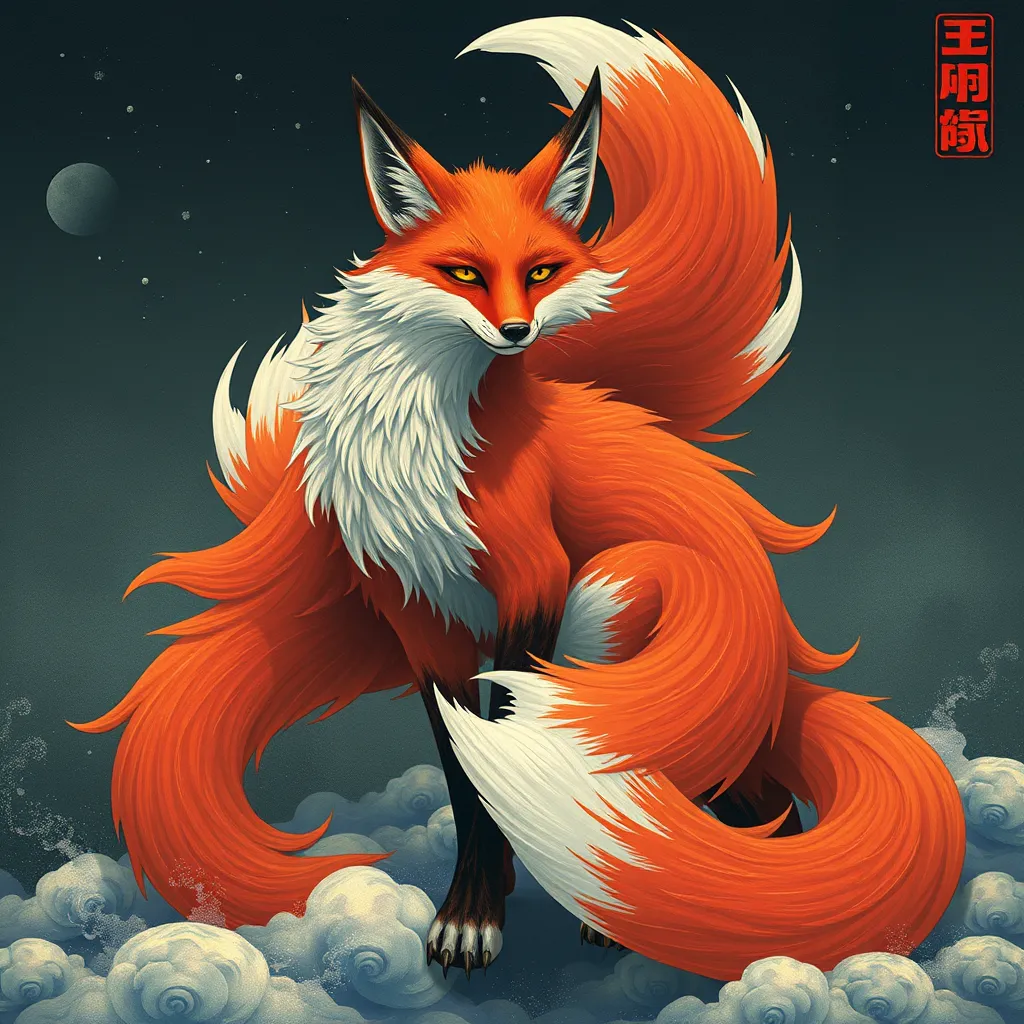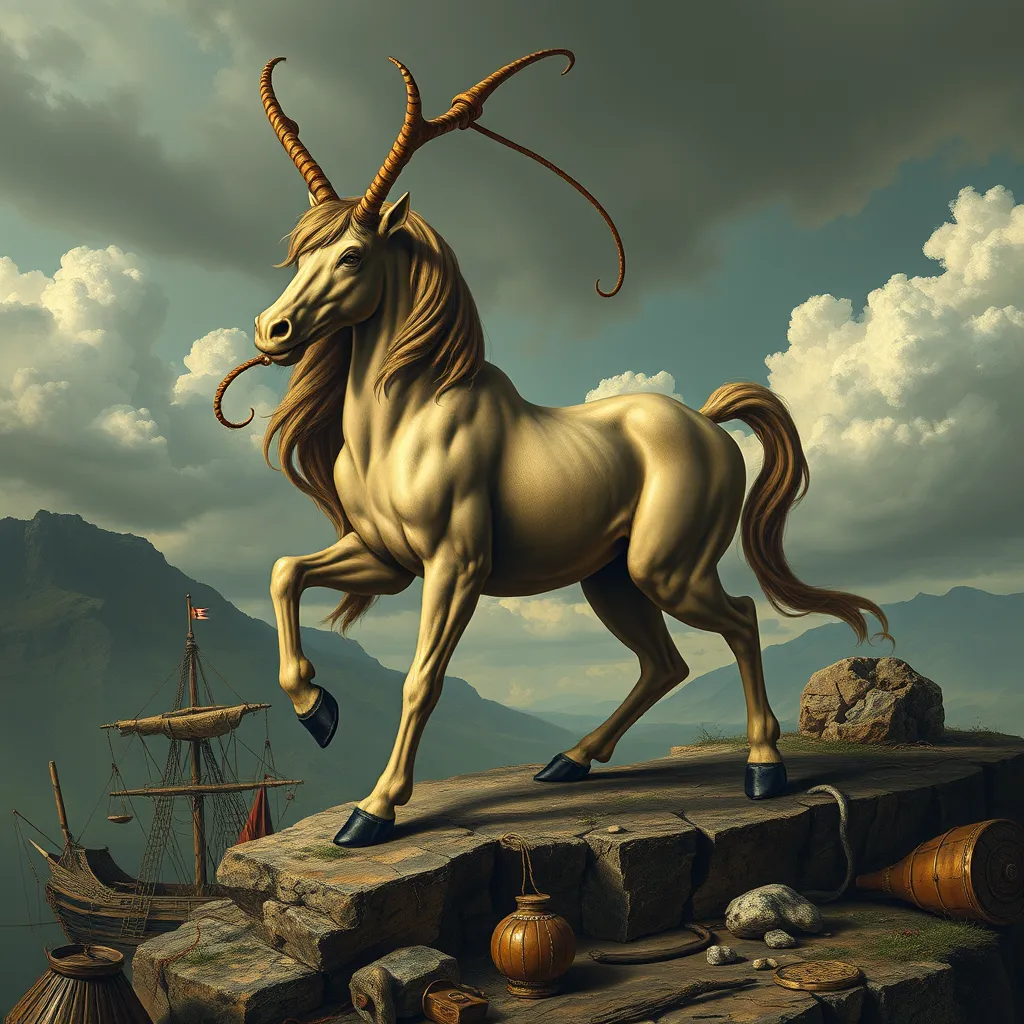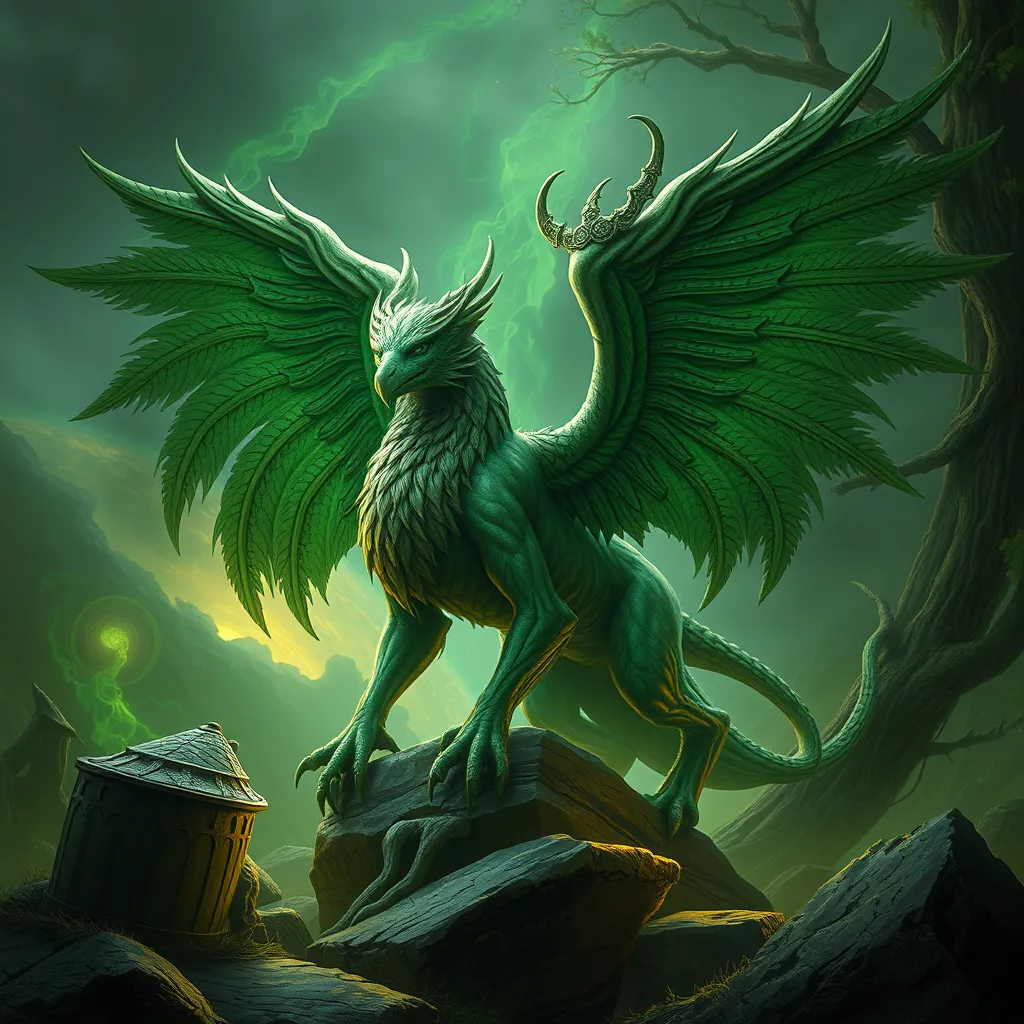The Wendigo: A Cannibalistic Monster of Native American Folklore – Its Role in the Underworld
I. Introduction
The Wendigo is a legendary creature rooted deeply in Native American folklore, particularly among the Algonquian-speaking tribes. Described as a malevolent spirit or monster, the Wendigo embodies themes of greed, cannibalism, and the consequences of moral transgressions. Its mythos serves not only as a cautionary tale but also as a reflection of human fears and societal values. This article explores the characteristics of the Wendigo, its historical origins, its connection to the underworld, and its relevance in contemporary culture.
II. Historical Origins of the Wendigo Myth
The Wendigo myth has various interpretations and adaptations across different tribes, but it is most prominently associated with the Algonquian-speaking peoples of North America. Early accounts of the Wendigo date back to the 17th century, with reports from explorers and settlers who documented the tales told by Indigenous people.
- A. Early accounts and tribal variations: The Wendigo is often described as a creature that was once human but became a monster due to acts of cannibalism or extreme greed. Different tribes have unique stories, with some portraying the Wendigo as a spirit that could possess individuals, leading them to commit horrific acts.
- B. Cultural context within Algonquian-speaking tribes: The Wendigo legend is deeply intertwined with the cultural practices and beliefs of the Algonquian tribes. It reflects the harsh realities of survival in a challenging environment, emphasizing the importance of community and the dangers of selfishness.
- C. Evolution of the Wendigo legend over time: As the legends were passed down through generations, they evolved, incorporating elements from the changing social and environmental landscapes, which kept the myth relevant to the experiences of the tribes.
III. Physical Characteristics and Attributes
The physical description of the Wendigo varies, but common traits highlight its monstrous and terrifying nature.
- A. Descriptions of the Wendigo’s appearance: It is often depicted as a tall, emaciated figure with glowing eyes, sharp claws, and a heart made of ice. Some versions describe it as having antlers or resembling a deer, which adds to its eerie presence.
- B. Symbolism of its monstrous features: The Wendigo’s gaunt appearance symbolizes the effects of starvation and the consequences of greed. Its icy heart represents the coldness of a soul consumed by insatiable hunger.
- C. The association with hunger and insatiable greed: The Wendigo is perpetually hungry, representing the dangers of unchecked desires and the moral decay that can result from a lack of restraint.
IV. The Wendigo’s Cannibalistic Nature
Cannibalism is central to the Wendigo myth, serving as a powerful warning against the extremes of human behavior.
- A. Origins of cannibalism in the legends: The myth often illustrates how desperation during winter or famine could lead individuals to cannibalism. Those who resorted to such acts risked becoming Wendigos themselves, trapped in a cycle of hunger and greed.
- B. Psychological implications and fears of starvation: The fear of becoming a Wendigo reflects deeper anxieties about survival and the human psyche’s vulnerability during desperate times.
- C. Moral lessons and warnings against greed and excess: The legends serve as moral lessons, cautioning against selfishness and the consequences of losing one’s humanity in pursuit of personal gain.
V. The Role of the Wendigo in the Underworld
The concept of the underworld in Native American beliefs is complex, and the Wendigo is often linked to this realm.
- A. The concept of the underworld in Native American beliefs: Many tribes envision the underworld as a place of spirits and moral significance, where actions in life have consequences after death.
- B. The Wendigo as a guardian or inhabitant of the underworld: Some interpretations suggest that the Wendigo acts as a guardian of the underworld, punishing those who succumb to greed or engage in cannibalism.
- C. Connections to spiritual and moral consequences of cannibalism: The Wendigo myth reinforces the idea that moral transgressions, particularly cannibalism, lead to dire spiritual repercussions, trapping the soul in a state of torment.
VI. The Wendigo and Modern Interpretations
In contemporary culture, the Wendigo has found a place in literature, film, and psychology, evolving in its representation.
- A. The Wendigo in contemporary literature and media: The Wendigo has appeared in various forms of media, often as a horror character that embodies human fears and the consequences of isolation.
- B. Psychological interpretations of the Wendigo as a symbol of addiction and obsession: Modern interpretations view the Wendigo as a metaphor for addiction, representing the insatiable desire that can consume individuals.
- C. Cultural appropriation and the importance of respectful representation: As the Wendigo enters popular culture, it raises concerns about cultural appropriation and the necessity for respectful and accurate portrayals of Indigenous myths.
VII. The Wendigo’s Place in Modern Native American Culture
Despite the evolution of the Wendigo myth, it remains a significant cultural touchstone for many Native American communities.
- A. Continued relevance of the Wendigo in tribal storytelling: Tribal elders continue to share Wendigo stories, ensuring the legend is passed down and remains relevant to younger generations.
- B. Educational efforts to preserve and honor the mythology: Many tribes engage in educational initiatives to teach about the Wendigo and its moral implications, fostering respect for Indigenous cultures.
- C. The Wendigo as a cultural touchstone for identity and resilience: The myth serves as a reminder of resilience against adversity and the importance of community values, playing a key role in cultural identity.
VIII. Conclusion
In summary, the Wendigo is a multifaceted figure in Native American folklore that represents greed, cannibalism, and the consequences of moral failure. Its origins, characteristics, and role in the underworld illustrate the depth of its significance within Indigenous cultures. As we reflect on the enduring power of the Wendigo myth, it becomes clear that these stories offer valuable insights into human behavior and morality. It is essential to appreciate and respect these cultural narratives, as they form the foundation of understanding the complexities of human nature and the values that guide our lives.



